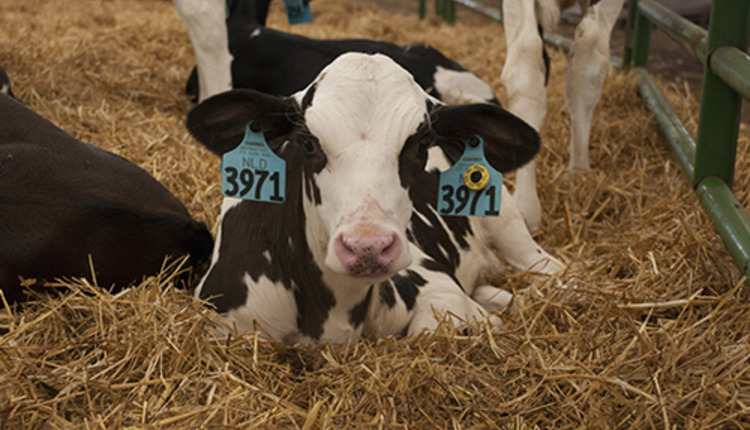
Robotic or automatic calf feeders certainly have their perks, but when it comes to calves, there’s no easy button to push.
In her presentation at the Four-State Dairy Nutrition and Management Conference, University of Minnesota’s Marcia Endres talked about the shift toward group housing and automatic feeders. While 70 percent of calves in the United States are housed individually, more and more farms are making the switch to group housing and automatic feeders.
We are still learning what it takes to reach optimal success with group housing. In a recent University of Minnesota study conducted on 38 farms, they found the following factors to be associated with calf health:
Number of calves per group — The larger the group, the more sick calves there were.
Space per calf — Less space per calf was associated with a higher number of abnormal health scores.
Standard plate count over 100,000 cells/mL in milk — Higher counts were associated with higher numbers of abnormal health scores.
Among the farms in the study, certain benchmarks also surfaced that led to the greatest success with group housing and automatic feeders. Those factors include:
- Excellent colostrum management
- Clean, dry, and comfortable bedding
- A minimum of 40 square feet per calf
- Adequate training of calves to use feeders
- Stocking rates of no more than 12 to 15 calves per group
- 5.5 to 12 liters of milk per calf per day
- Meal sizes of 1.8 to 2.5 liters
- If feeding milk replacer, feed at 13 to 15 percent solids when mixed with water
- Clean equipment; clean/change nipples daily, and clean/change feeder hoses and tubes weekly at a minimum
“When it comes to calves, many times it means going back to the basics and doing the simple stuff,” advised Endres.








